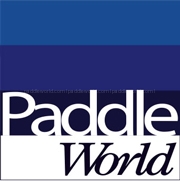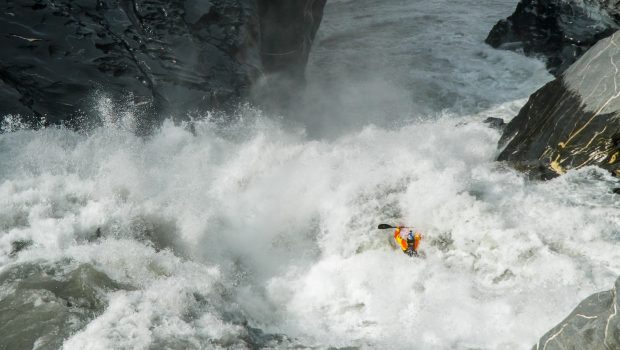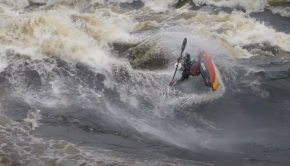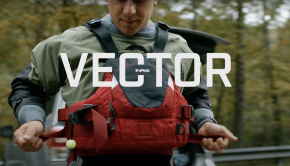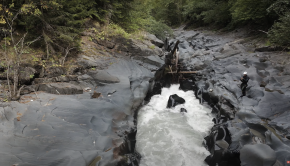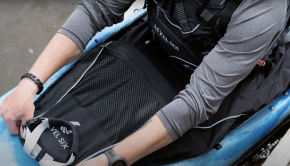What Grade is Malupa? Time for a Reassessment of the River Difficulty Scale in White Water Kayaking.
By: Francesco Salvato
(Cover photo Carson Linday)
For many years now, the scale for grading river difficulty has been obsolete. Created decades ago, at a time when we were paddling fibreglass boats over 4 meters long, most of the time in class 3, this scale is now frankly outdated, due to the evolution of our sport. Many kayakers have spoken out on this subject in recent years. All with different solutions or ideas, all with expressing a necessity for a change. Today, Italian whitewater legend Francesco Salvato, who, far from offering a turnkey solution, proposes a few ideas to approach the debate in a very pragmatic way.
Let’s start from the assumption that every human activity undergoes constant evolution. Nothing remains still or goes backwards. This is particularly true and visible in sports disciplines. Evolution and growth are integral parts of humankind, and maybe that’s why we are destroying our planet. But this is not the place and time for such a topic.
Returning to our discussion, in sports, things like growth, evolution, better performances, and new records are evident every day. In white water kayaking, this growth and evolution are also common. However, to clearly define the level of this growth, we need judgment parameters based on objective data, which is inevitably represented by river difficulty levels.
We practice an outdoor sport that, incredibly, still uses a closed scale of difficulty levels. This is a paradox. We should either decide not to use a difficulty scale to define a river’s level or open that scale to accommodate growth and evolution in our sport.
« Who should “grade” a rapid? Clearly, those who paddle it for the first time!«
Let’s consider, as an example, the climbing activity. Until the seventies, the range of difficulties was closed to the VI grade for the UIAA scale and to 5a for the French scale. This was considered the unbeatable limit of a rock wall. In the late seventies, Reinhold Messner started to question this closure and was the first to talk about the VII grade, causing a hornet’s nest in the alpinist community. I will not mention the many discussions and polemics that the scale adaptation has caused over the years, but it is enough to know that nowadays, XIII grade walls have been climbed (UIAA scale, which corresponds to a 9c of the French scale)!
Regarding white water kayaking, the scale is still closed to the VI grade, which is defined by ICF rules as the maximum limit, or even doable by kayak only under particular river flow conditions.
« The classification of rapids is used to monitor the growth of a sport but also for safety reasons.«
Kayak Session gives us countless images of rapids and sensational passages. The videos show increasingly spectacular and challenging rapids, but in these amazing articles, no one ever talks about the grade of a rapid. In issue 65 of KS, I read about Dane Jackson and his first-ever descent of the Malupa rapid on the Indus River as a leap forward in our sport, and I wonder, what grade is Malupa?
Too often, we hear about “Class Five,” and within this definition, we find a wide range of different difficulties.
I believe the matter is straightforward, and there are only three possible solutions:
- We start using a top-open scale.
- We start using a bottom-open scale with the introduction of negative grades. If the most difficult passages must be grade VI, one must open up to negative grades in progression.
- We don’t use a scale at all.
« Personally, I believe it is necessary to define a scale of difficulty specifically for waterfalls«
Who should “grade” a rapid? Clearly, those who paddle it for the first time! Whoever follows will then decide whether the classification was correct. So, it is the top paddlers who should take charge of “grading” the rapids. Obviously, it is the ICF that should open the scale, but we all know that the ICF dedicates all its energies to the world of competitions, and free ride kayaking has no place in that world of bureaucrats.
The classification of rapids is used to monitor the growth of a sport but also for safety reasons. A paddler who decides to approach a grade V rapid may face unpleasant surprises because, inevitably, with a closed scale, the “grade V” definition does not truly reflect the real difficulty of the passage.
A different discussion should be made for waterfalls. I believe that the height itself is not sufficient to classify a waterfall, as entrances can be very complex and therefore increase the difficulty of the waterfall beyond its height. Personally, I believe it is necessary to define a scale of difficulty specifically for waterfalls, where all the elements that characterize the complexity of the waterfall are considered: height, entrance, reception basin, isolation, continuity, etc. One idea is to use a scale characterized by C1, C2, C3, C4, etc.
Another element we must address concerning the difficulty scale of a river is the overall difficulty, which takes into account all the factors that make the river more or less complex: length, danger, isolation, difficulty of access, etc. For this scale, an idea could be to introduce a letter scale:
- VE = Very Easy
- E = Easy
- D = Difficult
- VD = Very Difficult
- ED = Extremely Difficult
But we have to deal with reality: the top canoeists are not interested in classifying the rapids, so we continue to use the closed scale, which at this point, is a reference that loses meaning.
I think it is time for the white water kayak community to start talking about it!
Take care,
Francesco Salvato

Francesco Salavato is an Italian whitewater legend that has been paddling in all four corners of the world these past 40+ years. He currently owns and manages Free Flow Kayak School that operates from Italy. He is still paddling on a daily base throughout the year.
www.freeflowkayak.it
